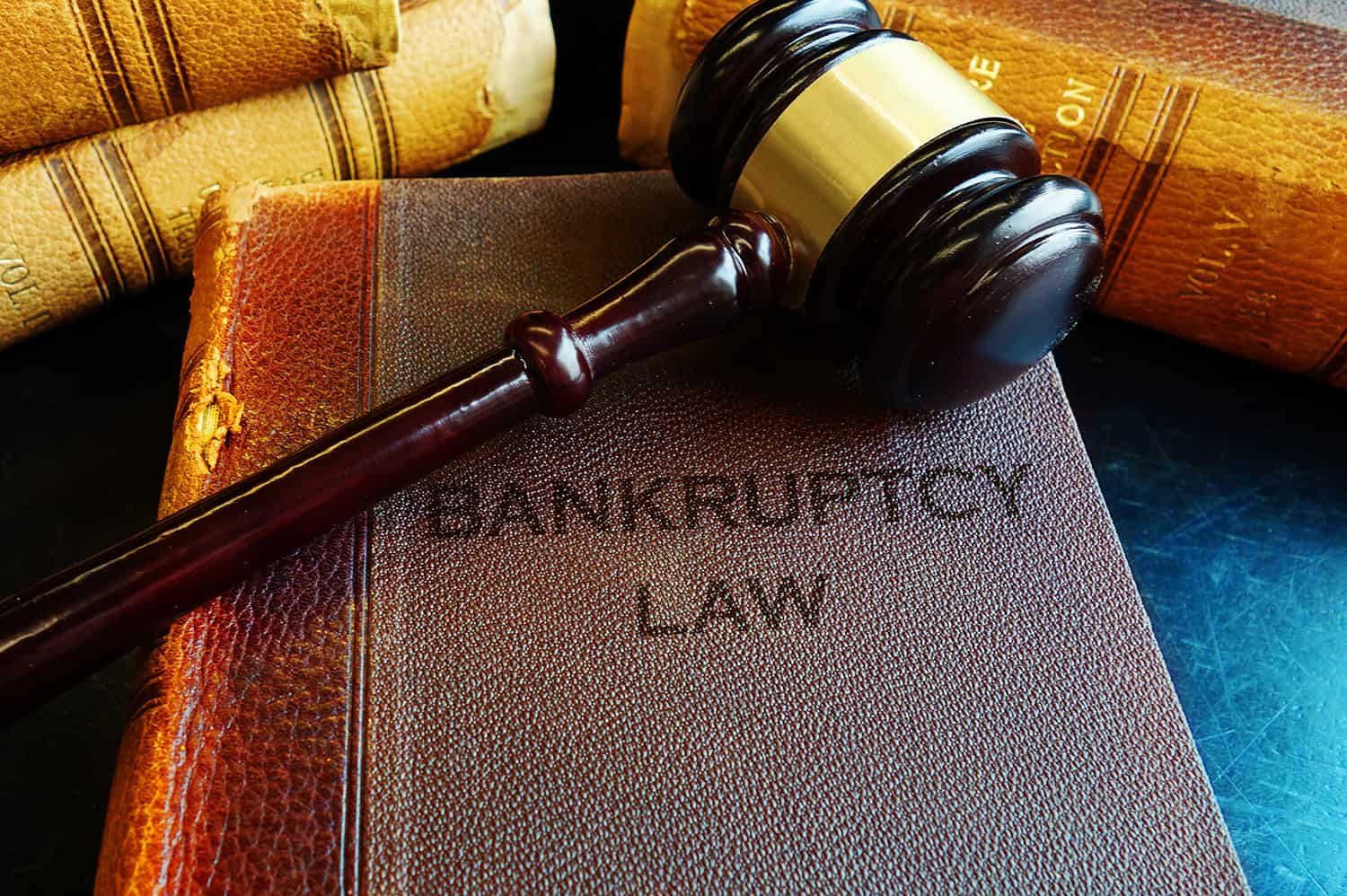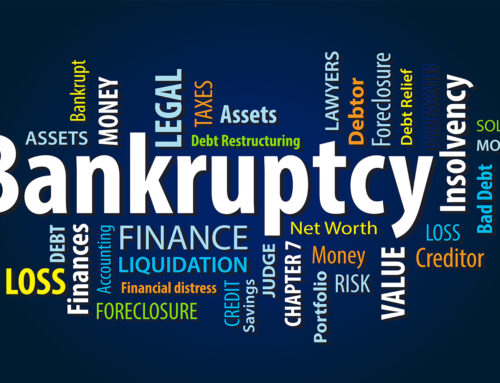Although filing for bankruptcy can be a good way back to financial freedom, it can be a complex and question-filled process. As you begin this journey, you may wonder which of your assets are protected during bankruptcy and which are not. This depends on the bankruptcy chapter you file for and what types of assets you own.
Chapter 7 Exempt Assets
There are two main types of bankruptcy that people tend to file: Chapter 7 and 13. Each provides a distinct way of resolving debt.
Chapter 7 is sometimes called a liquidation bankruptcy. A judge appoints a trustee, who will sell all non-exempt assets to help pay back your debts. Some assets are protected from being sold or repossessed.
Homestead Exemption
For example, California offers what is called a homestead exemption. A homestead exemption implies that your home, personal items, household goods, and clothing are all protected to ensure that you have your basic needs met and can maintain a basic standard of living while you work through your bankruptcy. The exact numbers needed to qualify for this depend on your marital status, age, and whether or not you have a disability.
Motor Vehicle Exemption
California also has a motor vehicle exemption available. If the amount of equity you have in your car is within certain limits, you will most likely be able to keep the vehicle. If the equity exceeds the limit then the car may be sold to repay your debtors. However, if you still owe on the car, you will likely be offered the choice of surrendering the vehicle and getting that debt discharged or continuing to make payments and keep it.
Wildcard Exemption
This type of exemption can be applied to any property of your choice, letting you protect something more than your home or car.
Public Benefits Exemption
Often unemployment, disability, or social security money cannot be used to repay creditors.
Pension and Retirement Exemption
401(k)s, IRAs and other pension plans are normally exempt assets because these ensure your long-term well-being.
Educational Savings
It’s possible that educational savings accounts, like those used to pay for college, are exempt from being used in a bankruptcy case.
Chapter 7 Non-Exempt Assets
So, what assets aren’t exempt in California bankruptcy cases? Valuable art and collectibles, luxury vehicles, investment accounts that aren’t linked to retirement, cash, second homes, high equity homes, and expensive jewelry or valuables are all non-exempt assets that a trustee can legally sell to repay creditors. They may be able to take your tax return, as well.
Some people are tempted to transfer these non-exempt assets to others, or to give them away, hoping that they will not be taken away. However, a judge may see this as fraud or manipulation, and will likely order these to be returned to you. Also, any luxury purchase or cash advance may be extra scrutinized by the law. It’s important to avoid these asset pitfalls for the bankruptcy to go smoothly.
Chapter 13 Bankruptcy
Sometimes called a reorganization bankruptcy, Chapter 13 bankruptcies usually help you organize your debt in a way that you will be able to repay over a few years. This means that in most cases, Chapter 13 filers can continue possessing all of their assets as long as they can create an approved payment plan and stay up-to-date on their payments.
This is why many people who have simply fallen behind on payments choose to file Chapter 13 instead of Chapter 7. It doesn’t erase the debts, like Chapter 7, but there are fewer assets at risk.
Choosing Which To File
Bankruptcy is an amazing opportunity to get a fresh start on your finances. However, filing the right chapter is crucial to getting the best outcome possible.
Chapter 7 is generally better for low-income individuals who are unable to repay their debts. It is also ideal for people with fewer assets and who would like a faster resolution. It discharges most of your debts, like medical bills and credit card debt.
It may not be a good option, however, if you are facing repossession of any of your exempt assets, such as your home or your car. This is because you don’t have the option to reorganize those debts, only to continue paying them.
Chapter 13 is for those who make too much to qualify for Chapter 7. It generally involves payment plans lasting three to five years and allows you to include arrears in those payment plans, which can help avoid repossession or foreclosure.
It allows you to retain your assets throughout the process but doesn’t immediately discharge your debts, like in Chapter 7 bankruptcy.
Getting Help With Bankruptcy
If you’re looking for help handling debt in California, the Law Offices of Brent D. George may be able to help. Contact us today for a free consultation.







